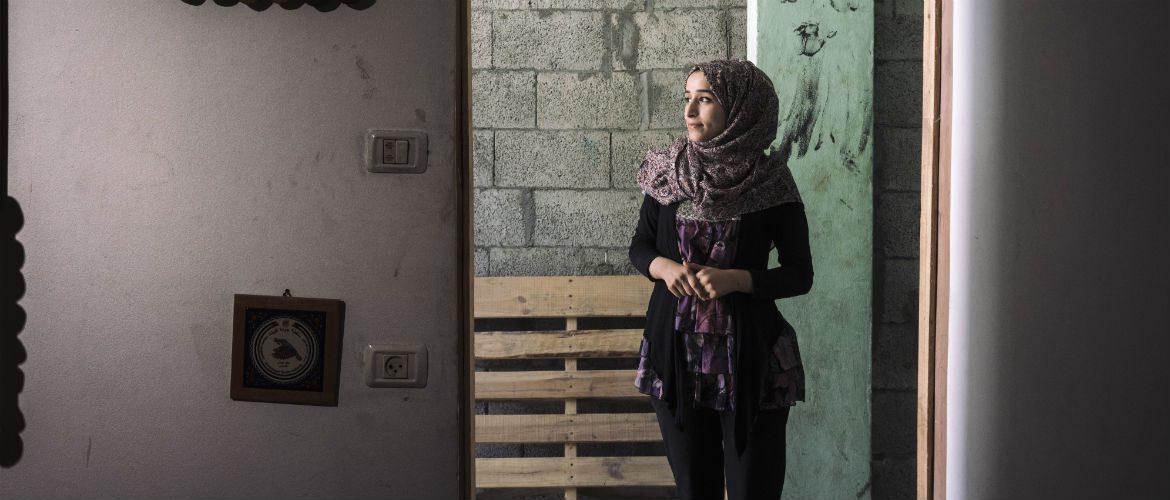Twenty-five years since the first of the Oslo Accords was signed between Israel and the Palestine Liberation Organization, their legacy has become a list of broken promises and brought hopelessness to a generation of young Palestinians.
A new photo essay from award-winning photographer, Lorenzo Tugnoli, captures the lives of young Palestinians that have been shaped by a systematic denial of rights, despite the promises of the Oslo Accords.
The Oslo Generation – those Palestinian people born since the Accords were signed – have not known a Parliamentary election in their lifetime. Even if one were to be held, they could not participate in it, as the vast majority is not registered to vote.
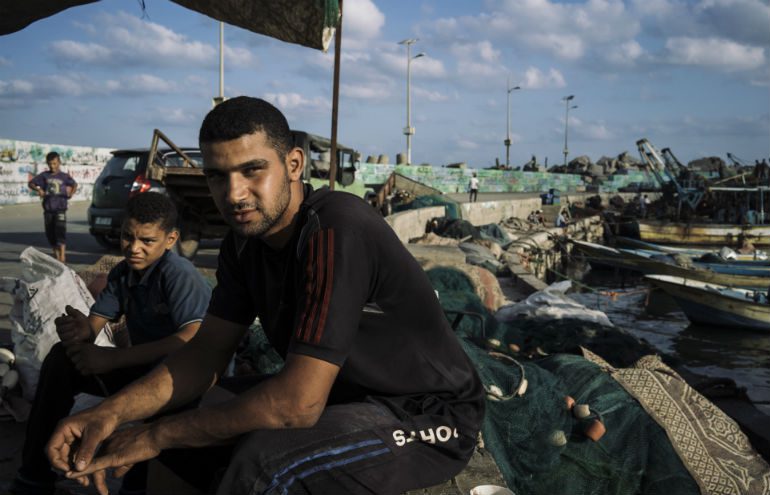
Photo: Lorenzo Tugnoli / Oxfam
Tugnoli says: “I met young people who feel they have been left to their own devices for the past 25 years, who should have lived in a better world than that of their parents, but history has not served them well.
They are industrious and smart but without any input into the land in which they live. They have a real sense of being let down.
People are creating their own realities, their own subcultures – but with little opportunity to come together to be part of something bigger that could lead to peace.”
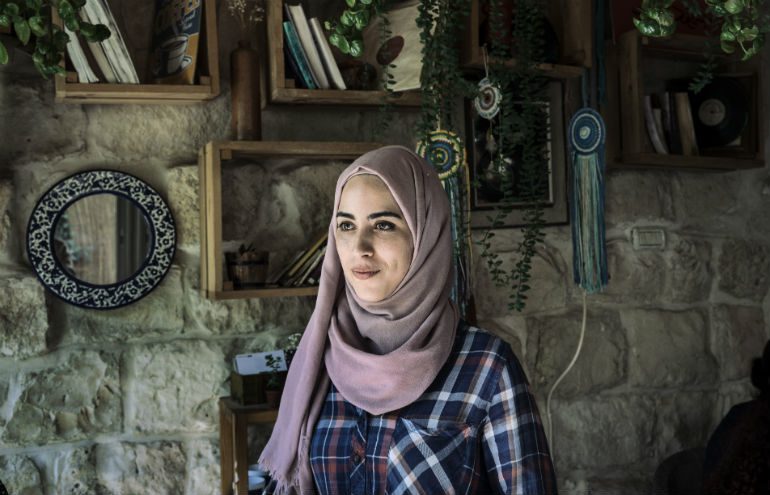
Photo: Lorenzo Tugnoli / Oxfam
Children and youth under the age of 29 make up more than half the population of the Occupied Palestinian Territory (OPT), yet these young people feel that their voices and concerns go unheard, that they lack a say in political decision-making at any level and are severely under-represented politically.
Chris Eijkemans, Oxfam OPTI Country Director, said: “More than half of the population of the OPT has grown up under the conditions set by the Accords, ultimately under a lack of freedoms and opportunities with no plan to right the wrongs that have been caused. Young Palestinians have become disempowered and disenfranchised, with no hope for the future.
“The temporary agreement which promised an end to occupation, stability in the region and a path towards peace has become a dead-end. Instead of peace, Palestinians live with 760 kilometers of walls, limited movement, fewer rights, less land, separated families, more illegal settlements, settler violence and more Israeli control over their land and resources than ever before,” Mr Eijkemans said.
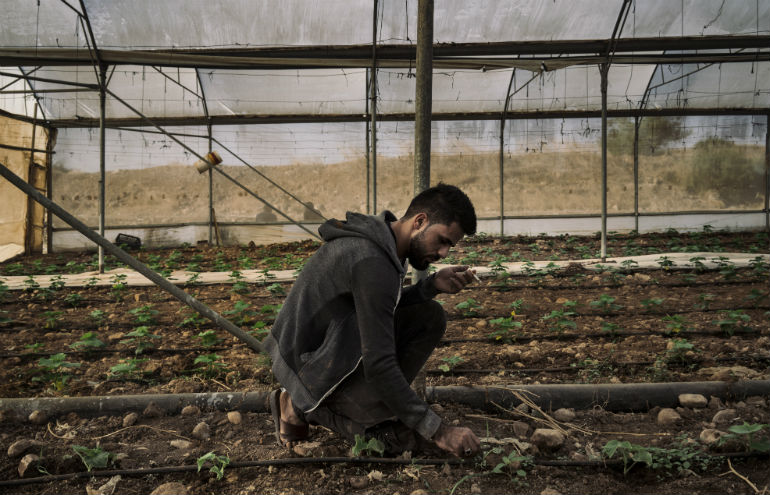
Photo: Lorenzo Tugnoli / Oxfam
43.4 per cent of young Palestinians between 15-29 have no work, the highest unemployment in the region, and 1.44 million people no longer seek work or attend school.
One-third wish to leave their homeland and 73 percent believe their future is bleak.
The Oslo process saw the entrenchment and even exacerbation of the occupation, the driving force of poverty and injustice, with young Palestinians bearing the brunt.
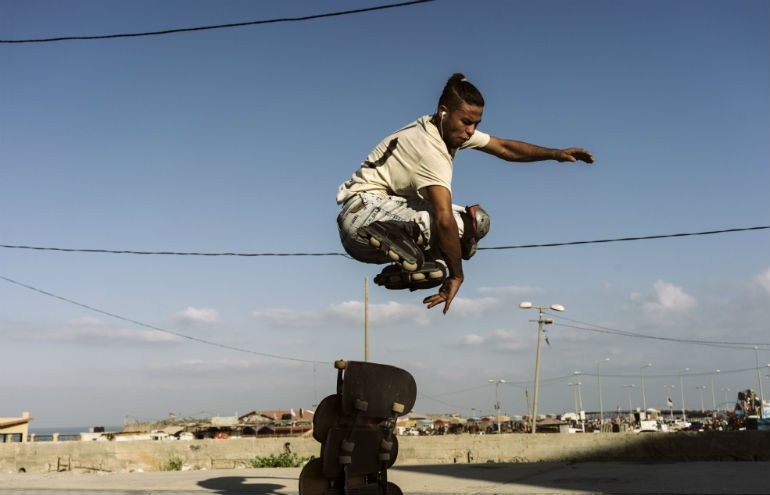
Photo: Lorenzo Tugnoli / Oxfam
Despite $30 billion of international assistance injected into the OPT since the Declaration of the Principles in 1993, the OPT has economically and socially regressed. The IMF estimates that without restrictions imposed by the Occupation, per capita GDP would be 37 per cent higher.
“My father told me that things were better before Oslo, people were able to work in decent jobs, there was a constant electricity supply, there was no restriction of movement, we had an airport where you were able to fly anywhere. And then things got worse after I was born – after Oslo”, says Rajab.
